SHELDON ORRIN PARSONS
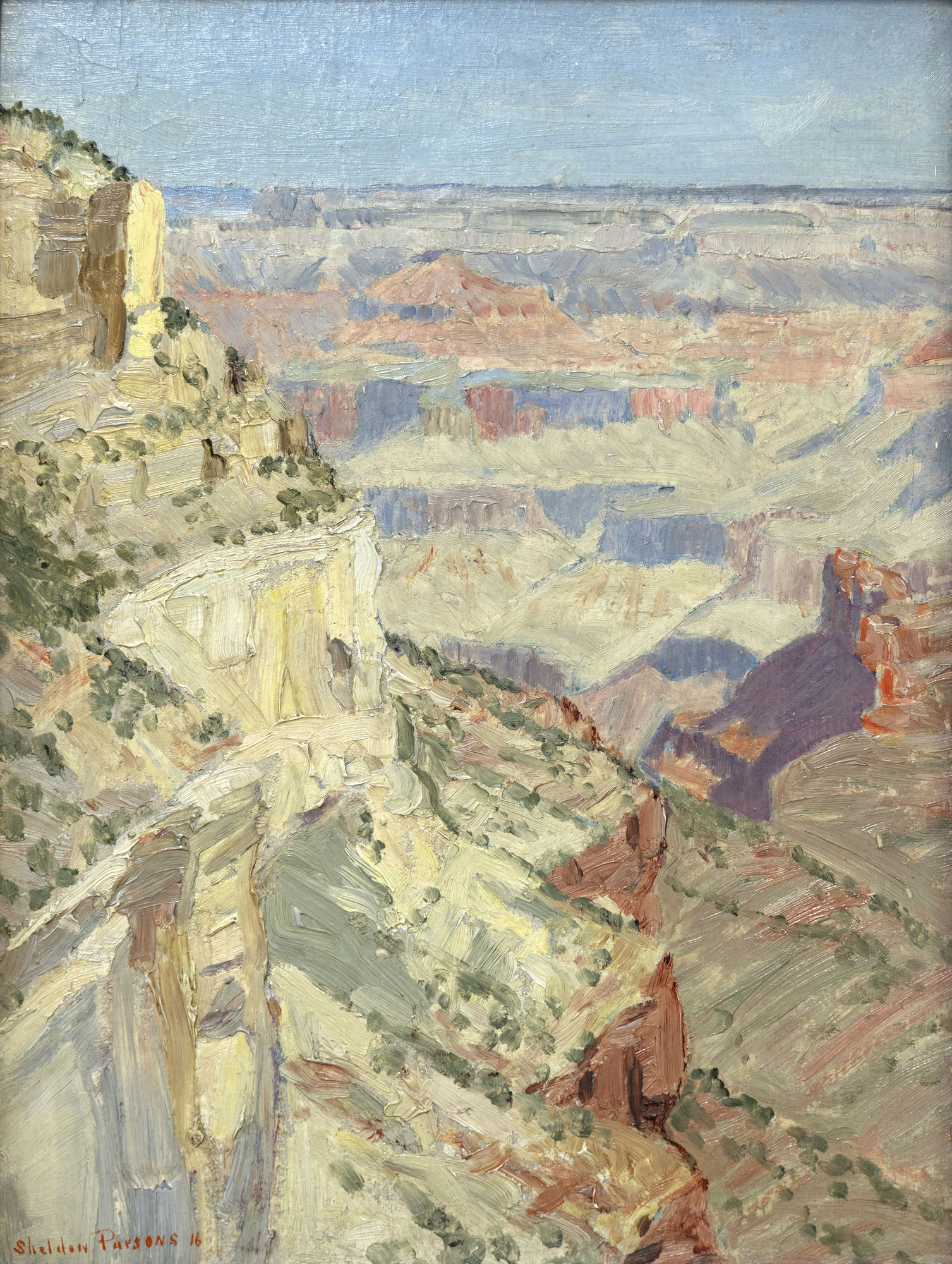
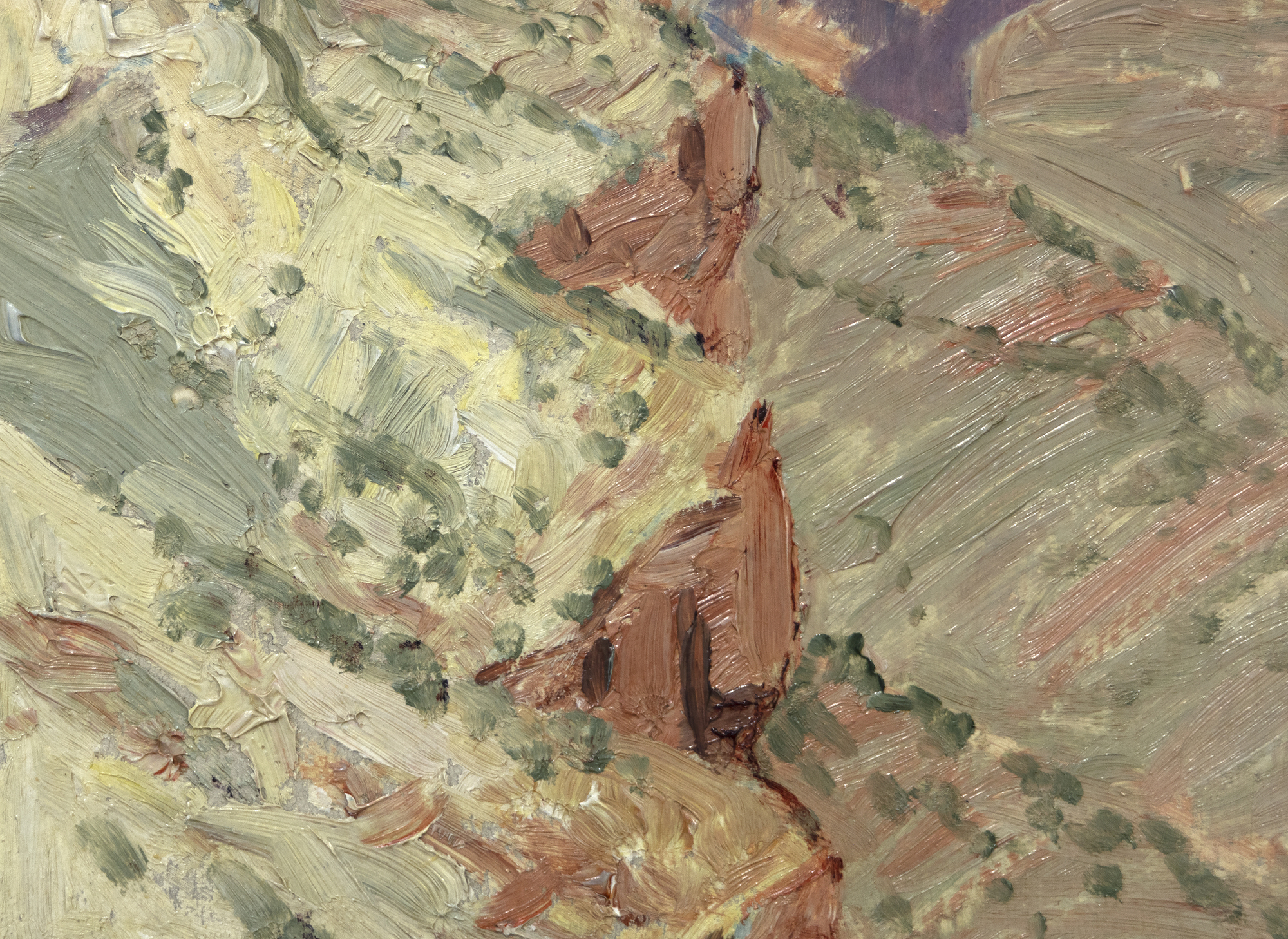
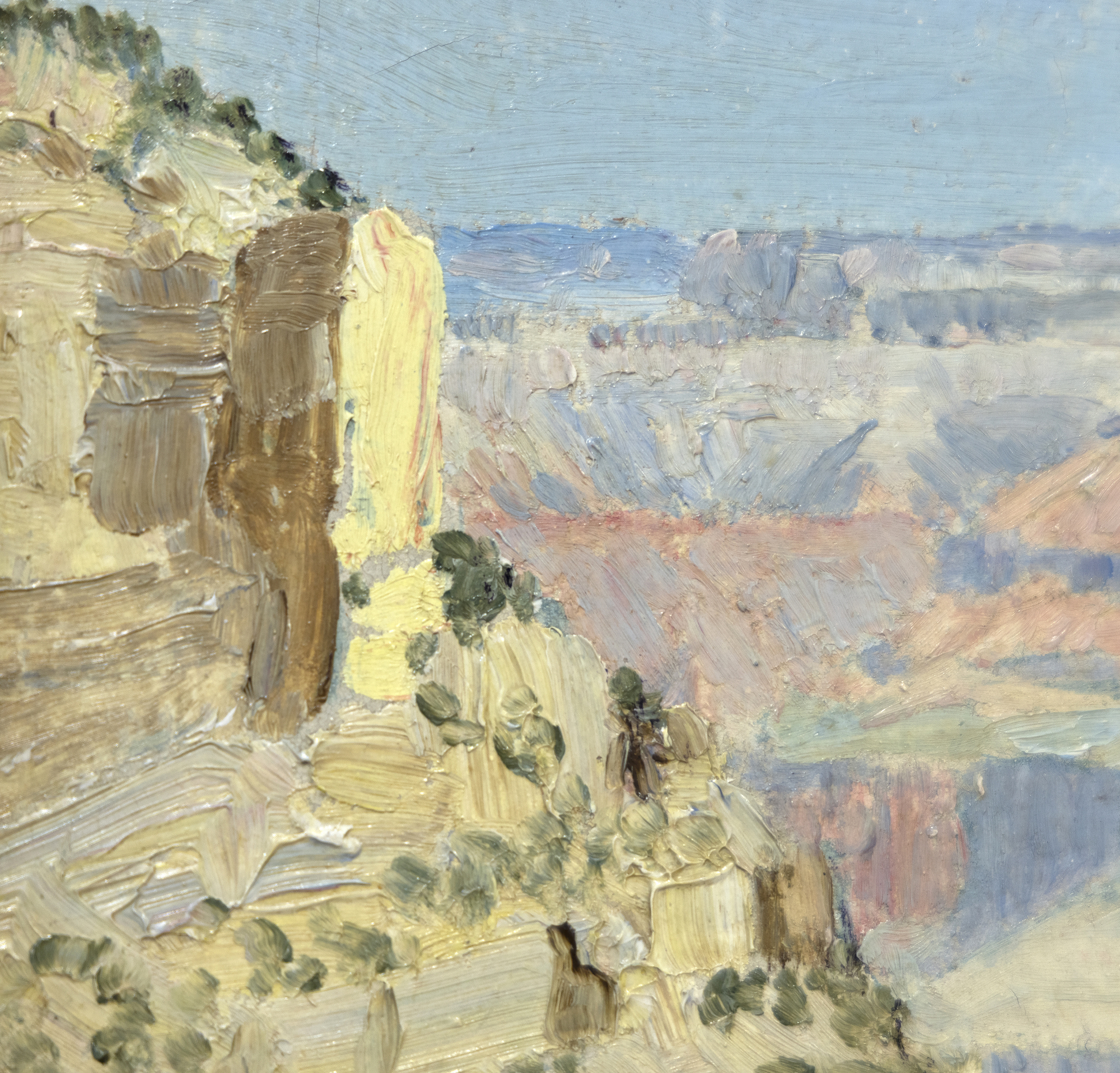
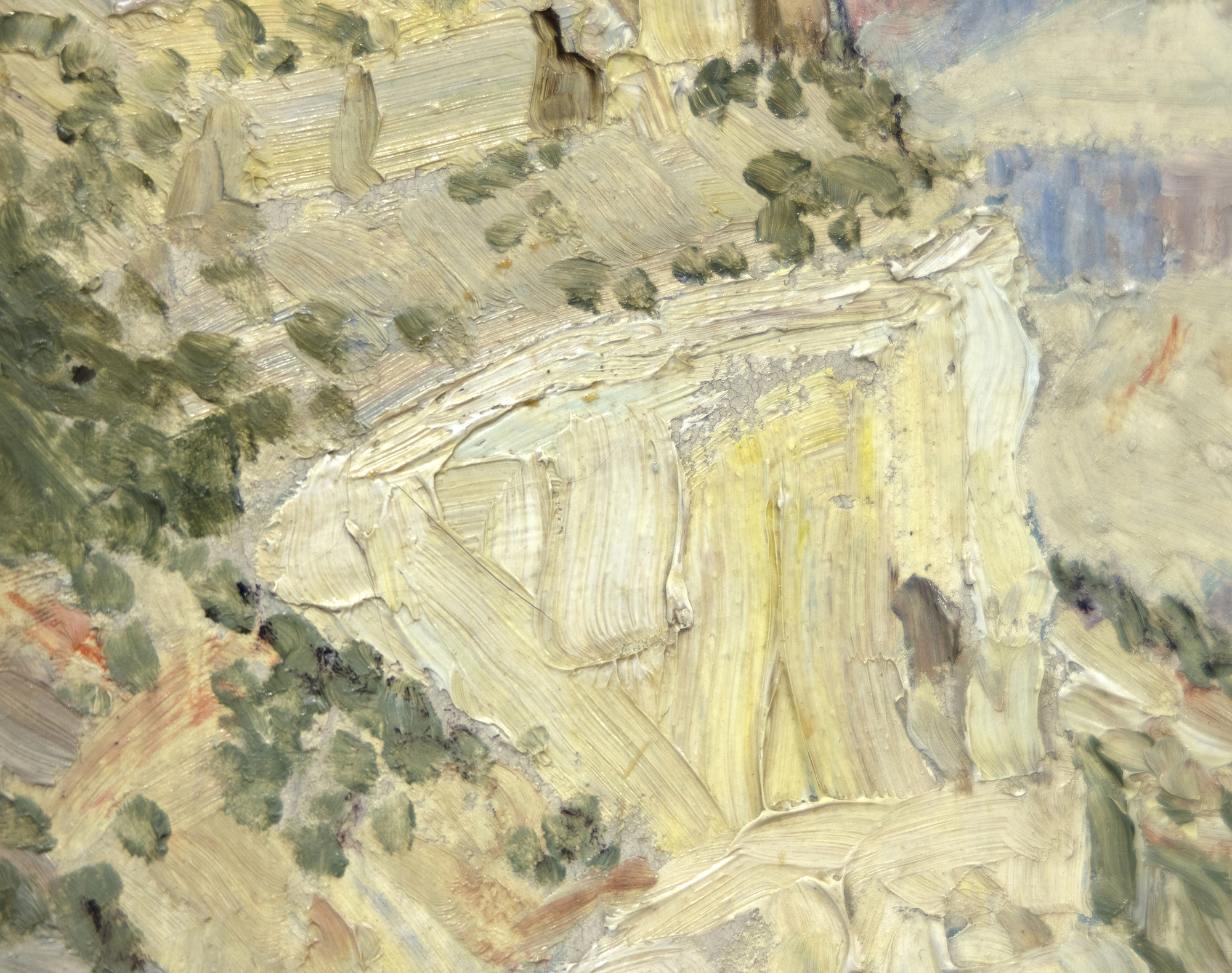
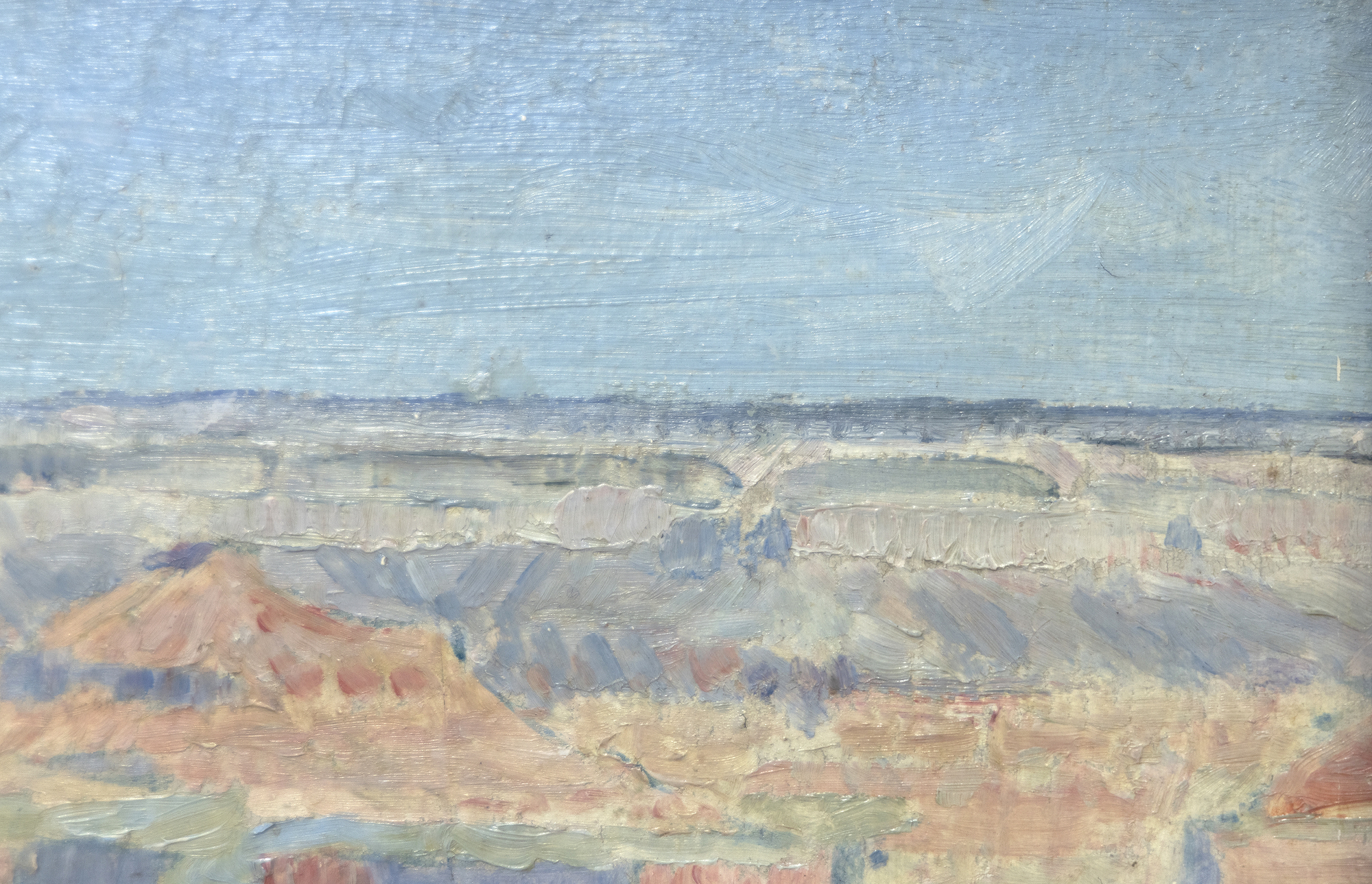
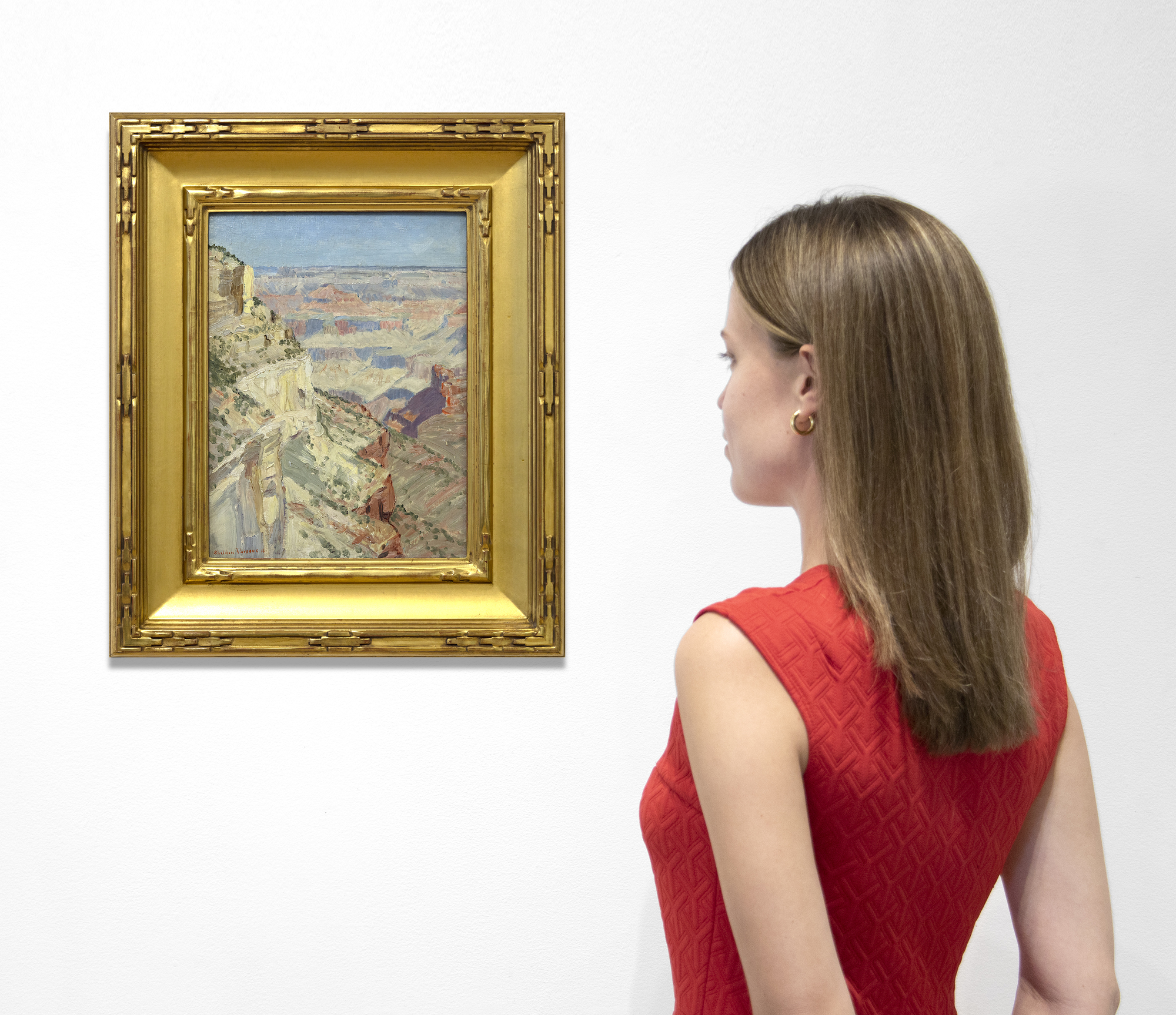
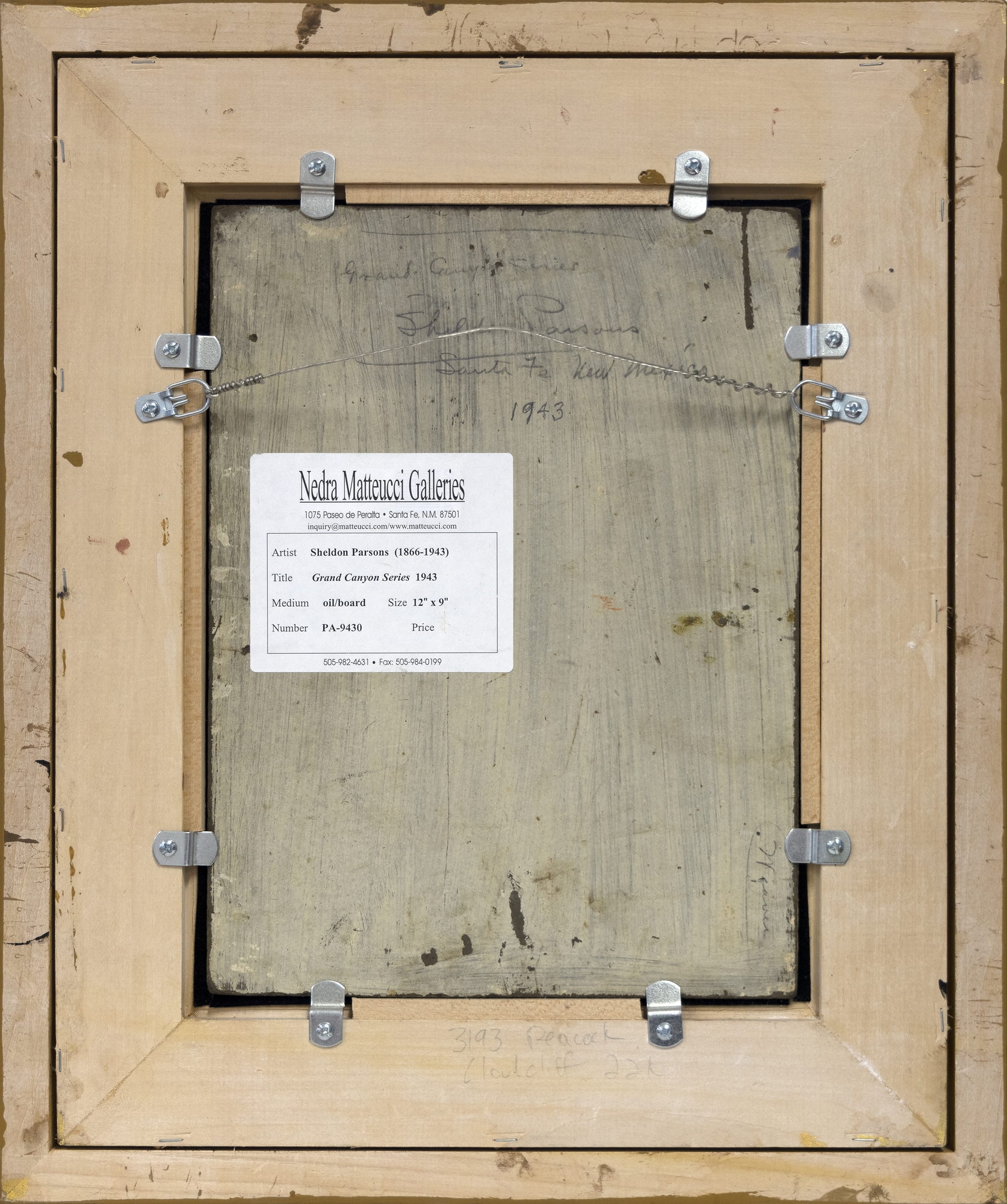
Provenienz
Nedra Matteucci Galerien, Santa Fe, New MexicoPrivatsammlung, erworben von der oben genannten Person, 12. Dezember 2004
Parsons malte den Grand Canyon bei mehreren Gelegenheiten. Er wurde von Künstlern wie Thomas Moran, den Gründern von Taos und unzähligen zeitgenössischen Künstlern verewigt. Das früheste bekannte Bild von Parsons, Morning in the Canyon, ist auf 1916 datiert.


